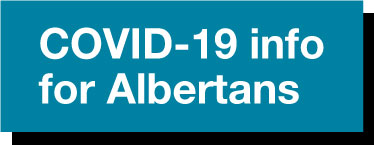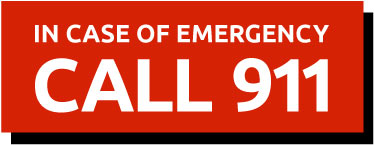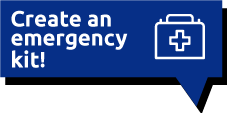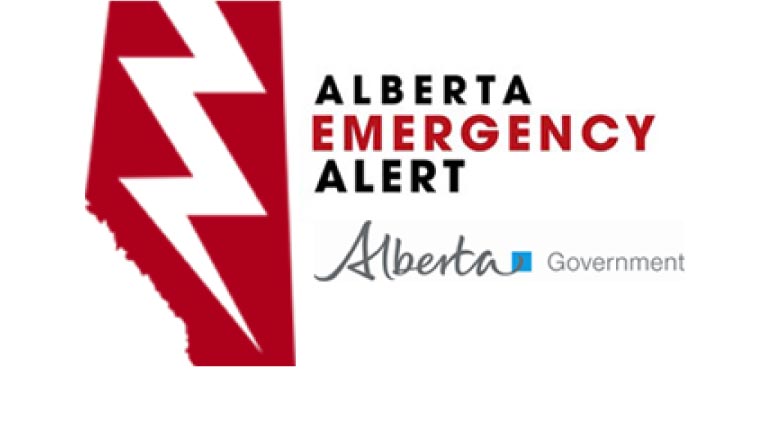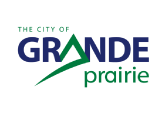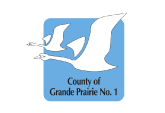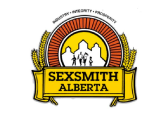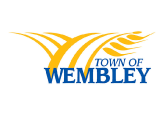Emergencies can happen anytime.
Make a plan. Create a kit. Stay informed. It is your responsibility to be prepared if a disaster occurs.
There are various ways to stay informed of emergencies within your community and surrounding area.
These include:
- Alberta Emergency Alerts are issued to provide you with critical information about an immediate emergency, where it is occurring, and what actions you nee to take. Alerts are distributed in various ways, including: radio, television, social media, RSS feed, and the Alberta Emergency Alert App. Download the app to stay informed through your mobile device.
- Wireless alerting is another tool to receive emergency alerts. Wireless public alerts are issued to cell phones within a defined geographic area. These alerts are only issued for threat-to-life situations. You can learn more at alertready.ca, and check if your phone is compatible to receive wireless alerts. Sign-up is not required as all cell-phones are automatically registered.
- Other sources: News outlets and municipal social media are other informative sources. But be careful of the authenticity of some of these, especially social media such as Facebook. Remember to consider confirming information before acting on it.
Each of these notification methods have their own benefits and limitations – it’s best to receive alerts from multiple sources.
Here are a few of the most common terms you will see in wildfire public updates:
Out of control: The wildfire is uncontrolled and is expected to continue growing.
Being held: Given current weather conditions and resources, the wildfire is NOT anticipated to grow past expected boundaries.
Contained: The status of a wildfire suppression action, signifying that a control line has been completed around the fire, and any associated spot fires, which can be expected to stop the fire’s spread.
Under control: The wildfire is completely contained and can be extinguished with the current resources.
Mutual aid: When firefighting organizations have agreements with neighbors to support each other during large events.
Perimeter/Fire break: An area where vegetation has been removed or changed to stop a fire from spreading. If a fire happens, this barrier helps firefighters control it by giving them a line to work from.
Dozer Guard/Fire Guard: A firebreak created by a bulldozer or similar heavy equipment. Firebreaks are cleared areas intended to stop or slow the spread of a wildfire by removing combustible materials. Firefighters use these firebreaks strategically to establish control lines and protect communities, infrastructure, and natural resources from the advancing flames.
Wet Line: A type of guard using water to stop or inhibit growth/movement of a fire.
Cold Trail: Ensuring that all fire is put out and the ground is cold.
Fire Tenders: A water truck with a large, mounted tank used to carry water or other retardant material.
Water Tankers/Air Tankers: Firefighting planes are specially designed to carry and drop fire retardant, water or foam.
Relative humidity: How much moisture is in the air compared to how much it can hold at a certain temperature and pressure. This affects how much moisture gets into fuels. Dry air (low humidity) dries out fuels, while moist air (higher humidity) adds moisture to them.
Holdover Fire: A fire that remains dormant and undetected for a considerable time.
Crossover Conditions: A condition where the percent relative humidity is lower than the air temperature in Celsius. This condition is an indicator of extreme burning conditions and will produce severe fire behavior.
Mop Up: Extinguishing all hot spots in a fire after it has been brought under control.
Mobilized: Emergency response teams and resources are being deployed to contain and manage a fire. It’s a coordinated effort to control the spread of the wildfire, protect lives, property, and natural resources, and ultimately bring the fire under control.

